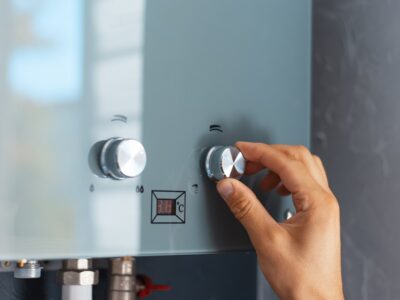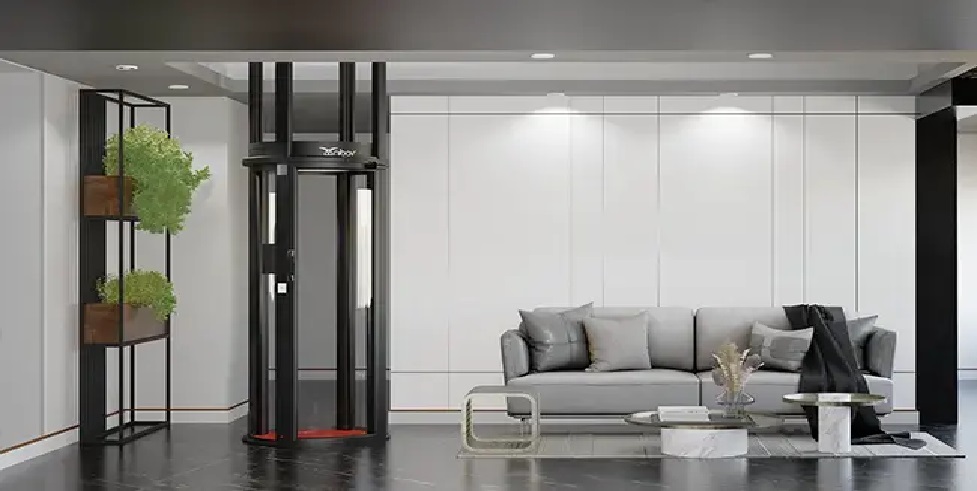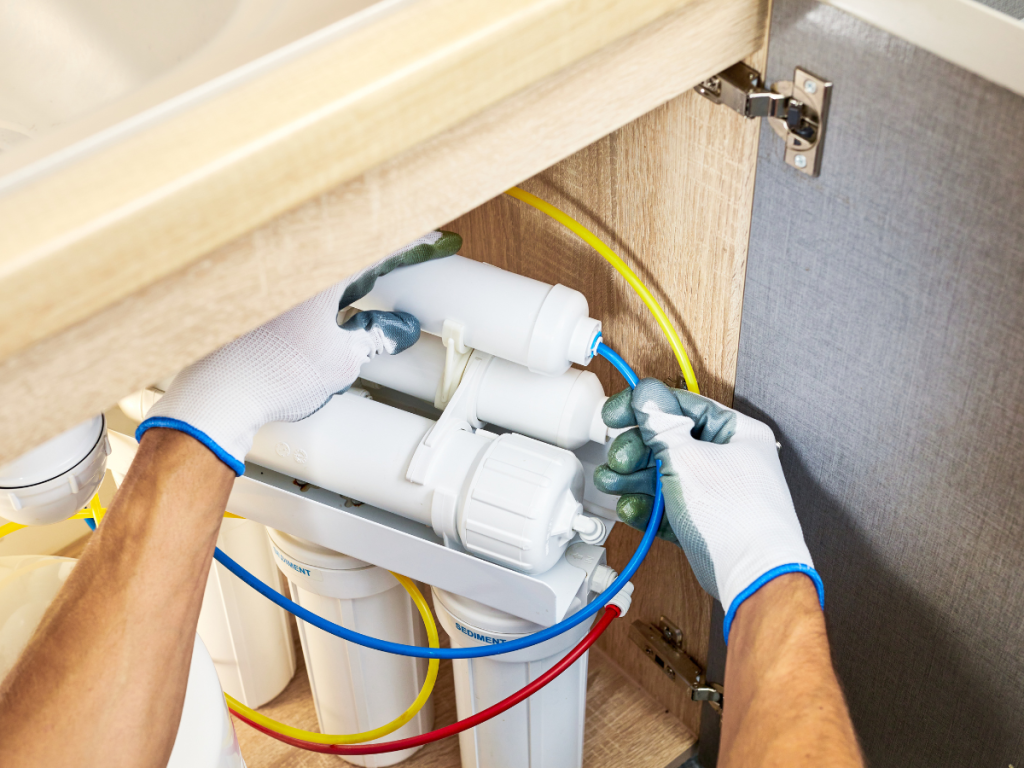Noise pollution is a prevalent issue that affects the quality of life for millions of individuals worldwide. While outdoor noise pollution is a primary concern, it is important to recognize the impact of indoor noise on our daily lives. Indoor noise may be caused by a variety of sources, including appliances, electronics, and even conversations.
Understanding the different types of indoor noise and their effects on our health and wellbeing is essential in our pursuit of a peaceful and comfortable living environment.
1. Understanding ambient noise levels
Understanding ambient noise levels is crucial when it comes to managing indoor noise. Ambient noise refers to the background noise in a room, such as HVAC systems, traffic, or people talking. It can be distracting and make it difficult to concentrate or communicate effectively.
Knowing the ambient noise levels in a room can help you determine if you need to take measures to reduce it, such as adding acoustic foam or sound-absorbing materials. Acoustic foam is a popular solution for reducing ambient noise levels in indoor spaces. It is designed to absorb sound waves and prevent them from bouncing off walls and ceilings, thereby reducing the overall noise level in the room. By understanding ambient noise levels and implementing solutions like acoustic foam, you can create a more comfortable and productive environment for yourself and others.
2. Identifying environmental noise sources
When trying to minimize indoor noise, it is essential to identify the primary sources of the disturbance. In order to do this, an acoustic assessment can be conducted to determine where the noise is coming from and the best way to address it. Once the sources of the noise have been identified, the appropriate measures can be taken to mitigate the problem.
One effective method for reducing noise is by using acoustic foam. This type of foam is designed to absorb sound waves, reducing the amount of noise that bounces off hard surfaces and creates an echo effect. It is particularly useful in rooms with hard surfaces such as concrete walls, tile floors, and metal ceilings, where sound waves can easily bounce off and cause a significant amount of noise.
3. Recognizing equipment noise factors
In order to effectively reduce indoor noise, it is important to recognize the various factors that contribute to it. One such factor is equipment noise, which can be caused by machinery, HVAC systems, and other electronic devices. To address this type of noise, it is important to identify and isolate the source of the noise. Once identified, appropriate measures can be taken to reduce the noise, such as installing acoustic foam or soundproofing materials around the equipment. Acoustic foam is a popular choice for reducing equipment noise as it effectively absorbs sound waves and reduces overall noise levels. By recognizing and addressing equipment noise factors, businesses and organizations can create a more comfortable and productive indoor environment for their employees and customers.
4. Mitigating human-generated noise
One of the most prevalent types of indoor noise is human-generated noise, which can be mitigated through various methods. One effective solution is the use of acoustic foam. By installing acoustic foam on walls, ceilings, and floors, sound waves are absorbed and prevented from bouncing around a room. This results in a reduction of echoes, reverb, and overall noise levels.
Acoustic foam is a popular choice in recording studios, home theaters, and other spaces where sound quality is important. It is a cost-effective solution that can be easily installed and can significantly improve the overall acoustic environment in a room. While acoustic foam can help mitigate human-generated noise, it is important to note that other factors such as HVAC systems, appliances, and outside noise sources should also be considered in creating a comprehensive noise reduction plan.
5. Managing unwanted acoustic disturbances
Unwanted acoustic disturbances can be a major source of discomfort in indoor environments, and can be caused by a variety of factors such as traffic noise, conversations in adjacent rooms, and even the sound of footsteps. To manage unwanted noise, there are a number of different strategies that can be employed. One effective solution is the use of acoustic foam, which is designed to absorb sound waves and reduce their transmission.
Acoustic foam is typically made from materials such as polyurethane or melamine, which have a cellular structure that helps to trap and dissipate sound energy. It can be installed on walls, ceilings, or floors to reduce noise levels and create a more pleasant and comfortable indoor environment. Other strategies for managing unwanted noise include the use of sound barriers, such as partitions or curtains, and the installation of sound-absorbing materials in walls and ceilings. By implementing a combination of these strategies, it is possible to achieve a significant reduction in indoor noise levels, improving comfort and productivity for occupants.








Comments